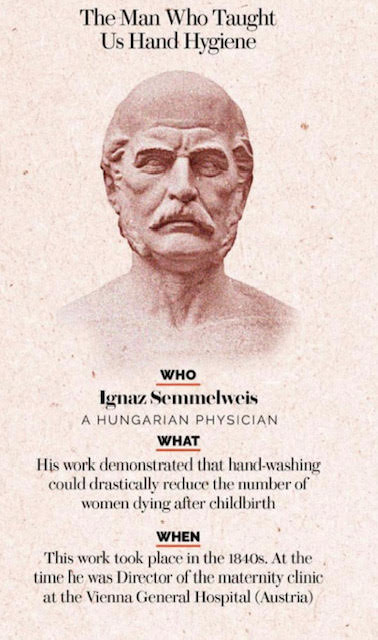I’ve been lucky enough to speak to over 2,500 doctors in the last 5 years about this futuristic technology called Softwave. After going through my presentation & the fact that many different healthcare specialists are using Softwave for a variety of different conditions. These doctors include: cardiologists, trauma surgeons, urologists, neurologists, orthopedists & even chiropractors are using this on their patients. From activating connective tissue repair for patients with non healing wounds, to trauma center after spinal cord injured, as well as being used at Harvard, Mayo & Cleveland clinics for erectile dysfunction. It often times leaves many of my listeners’ heads spinning. It’s difficult for them to absorb the fact that this may be the most versatile device in our lifetime, that they’ve never heard of up to this point in their careers. It reminds me of those parody Saturday Night Live commercials… “It slices, it dices, it’s a floor wax, it’s a dessert topping.” Red flags start to pop up in these doctors & once again an internal alarm in their brain goes off: “WARNING ~ “TOO GOOD TO BE TRUE.”
It’s called the Semmelweis Effect, also known as the Semmelweis Reflex, a metaphor for a certain type of human behavior characterized by reflex-like rejection of new knowledge because it contradicts entrenched norms, beliefs or paradigms. Named after Hungarian physician and scientist, Dr. Ignaz Semmelweis, (1818–1865). He’s described as the savior of mothers, discovered in 1847 that childbed fever mortality rates fell ten-fold when doctors disinfected their hands with a chlorine solution before moving from one patient to another or, most particularly, after an autopsy. (At one of the two maternity wards at the university hospital where Semmelweis worked, physicians performed autopsies on every deceased patient.) Semmelweis’s procedure saved many lives by stopping the ongoing contamination of patients (mostly pregnant women) with what he termed “cadaverous particles,” twenty years before germ theory was discovered. Despite the overwhelming empirical evidence, his fellow doctors rejected his hand-washing suggestions, often for non-medical reasons. For instance, some doctors refused to believe that a gentleman’s hands could transmit disease. While there is uncertainty regarding its origin and generally accepted use, the expression Semmelweis Reflex had been used by the author Robert Anton Wilson. In Wilson’s book The Game of Life, Timothy Leary provided the following polemical definition of the Semmelweis reflex: “Mob behavior found among primates and larval hominids on undeveloped planets, in which a discovery of important scientific fact is punished.”
https://en.m.wikipedia.org/wiki/Semmelweis_reflex
Historically, puerperal fever was a devastating disease. It affected women within the first three days after childbirth and progressed rapidly, causing acute symptoms of severe abdominal pain, fever and weakness. The most common infection causing puerperal fever is genital tract sepsis caused by contaminated medical equipment or unhygienic medical staff who contaminate the mother’s genital tract during the delivery. Other types of infection that can lead to sepsis after childbirth include urinary tract infection, breast infection (mastitis) and respiratory tract infection (more common after anesthesia due to lesions in the trachea). Puerperal fever is now rare in the West due to improved hygiene during delivery, and the few infections that do occur are usually treatable with antibiotics.
A 3yr Residency Makes a Huge Difference in Mortality Rate for Delivering Mothers
Dr. Ignaz Semmelweis worked at the Vienna General Hospital’s maternity clinic on a 3yr contract from 1846–1849. There— as elsewhere in European and North American hospitals—puerperal fever was rampant, sometimes climbing to 40 percent of admitted patients. Semmelweis was disturbed by these mortality rates and eventually developed a theory on infection. He theorized that decaying matter on the hands of doctors who had recently conducted autopsies was brought into contact with the genitals of birth giving women during the medical examinations at the maternity clinic. He proposed a radical hand washing theory using chlorinated lime, now known as disinfectant. At the time, germ theory of infection had not been developed and Semmelweis’ ideas ran contrary to key medical beliefs and practices. His ideas were rejected and ridiculed. Quite unusually, his contract was not renewed, effectively expelling him from the medical community in Vienna. He died as an outcast in a mental institution. Reminds me of a quote from my good friend & colleague, Dr. Chris Collocca:
“First they mock it, then they copy it, then they call it their own.”
The point is, it’s good to be skeptical and do your due diligence, but not to the point of not taking action just because everyone else isn’t doing it. I call it “over analysis to the point of paralysis.”
If you’d like to find out if you’re a candidate for this ground breaking therapy that has already ended pain & suffering for millions, then call us @ 770-285-7246 / 770 ATL PAIN. We can see you today
Dr. Matthew DiDuro, DC

